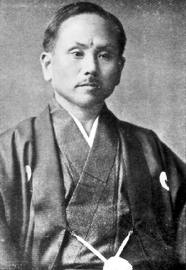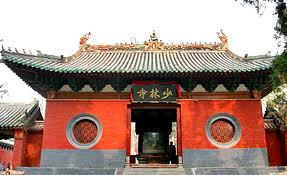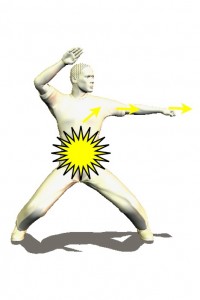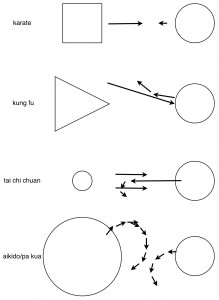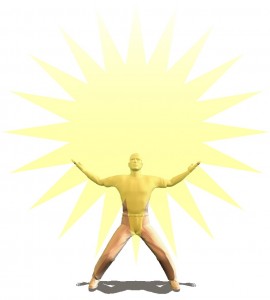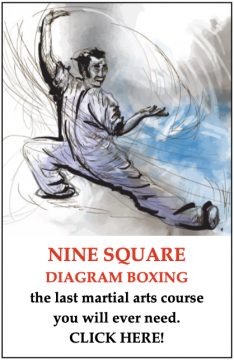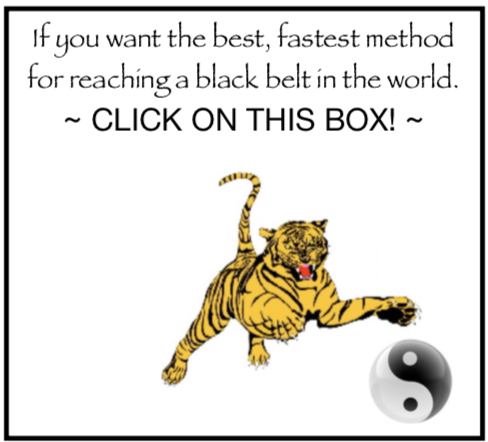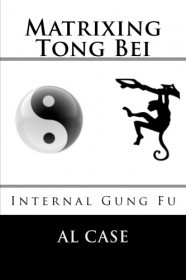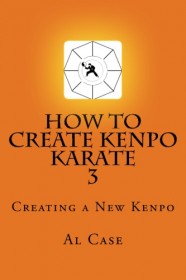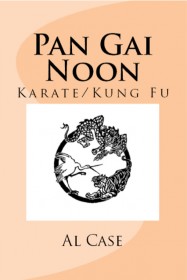Every martial arts work out or form, here’s why…
Every Martial Arts Kata, every karate or kung fu work out is a prayer!
So don’t miss a single day!
Do you know why I call every martial arts work out a prayer?
Or every form?
I may have gone into this before,
maybe not,
so here it is.
The thing that sets you apart
from everything else in the universe is awareness.
Rocks aren’t aware.
Trees aren’t aware.
Dogs aren’t aware…of themselves.
People…
human beings…
are not just aware,
they are aware of themselves.
The ability to look inward and see that you are,
that you are thinking,
that you have the capacity for thought and love and hate and…
and everything.
And the ability to look outward,
and reason…to do…
Sort of makes you the lynchpin of the universe.
Now,
if you go to school
they have you memorize stuff
until your mind stops working
and you learn how to get along,
follow directions,
do what you’re told.
Got it?
There is a deliberate effort
(on the part of some)
to stop awareness
and turn you into a robot.
Which explains why so many people
have such a hard time with school.
So,
in this massive thrust to make people stupid,
what is the alternative?
What can make people smarter…
what can make them more aware?
And that is the key.
Well,
the basics of becoming more aware is to look at something.
So you look at a motor that isn’t working.
Can’t figure it out.
You look closer,
oh,
it’s fuel system.
But,
what part?
So you look closer.
Oh,
it’s the carburetor.
But what part?
So you look closer,
ah!
There’s a rusty spring behind that flap over there!
Bingo,
you are now aware of what the problem is.
And,
you can now grow more awareness
as you figure out how to fix it.
Now,
that is a simple car,
a very low form of awareness,
basic education in machine shop 101.
But the procedure is the same,
you look at a problem,
slice it thinner and thinner,
until you get down to what you are looking for.
You increase your awareness by how hard you look.
That is the key.
Now,
you are doing a martial arts form.
But what does it mean?
So you do it more,
look harder.
Look closer.
Oh!
That sequence of moves!
They could be used to defend against a sword strike.
Then you look closer,
Or against a club attack,
or against a knife thrust!
And you look closer.
But if I do the technique this way it is easier,
if I step sideways as I block
I can use less effort,
good idea if the guy is bigger than me.
And,
you look closer.
Oh!
When I use less energy
I’m actually supporting this chi power thing!
Oh!
Do you understand?
You look at the problem closer and closer
until you understand not just
calisthenics to make you stronger,
or techniques to protect yourself,
but into the workings of the body/mind/spirit.
You find the connections deep within
that make you unique and special.
That is an education FAR beyond a simple carburetor
That is an education into awareness.
An education that is not done in schools.
And that is the education possible
when you matrix.
Look,
a few martial arts will take you there,
but Matrixing makes ALL martial arts work,
and, incredibly important,
speeds it all up!
Matrixing takes an education that takes twenty years
and condenses it into a couple of years.
Instead of four years to Black Belt,
you do it in a handful of months.
Instead of thirty years to master enough martial arts
that have actually become a master…
a handful of years.
As little as a couple of years.
Maybe less if you already have a fair degree of experience.
So that is why I am always saying,
Every work out is a prayer.
Every work out is a chance to look into your form,
into yourself,
find out who and what and why you are.
And my thrust as a martial artist
is to make this all happen faster.
I mean,
a lot of things can get in the way in a twenty year program.
You could move,
get divorced,
get ill,
get in an accident,
all sorts of things!
So you have to hurry up!
Because if you hurry up,
likely those things won’t happen,
or,
if they do,
won’t have much impact on you.
I recommend Matrix Karate as the first course,
though I certainly don’t mind if you follow your interest.
Any matrix course is going to have an effect on you,
so I don’t care where you start,
although,
I do recommend Matrix Karate.
Simply,
it has the template for matrixing,
the actual graphs that I use.
And you can use those graphs for other arts,
and even in other aspects of your life.
http://monstermartialarts.com/martial-arts/matrix-karate/
Oinkey donkey.
Go on,
say that five times fast.
Oinkey donkey.
And while you’re doing that,
I’m outa here.
I’ve got a great work out planned.
First a little Matrix Karate,
then some pan gai noon for my shoulder,
and then we’ll see where else.
Wherever else I go,
no matter what kind of work out,
I’m going to look harder,
grow my awareness,
and become the person I want to be.
You, too!
Al
You can sign up for this newsletter at MonsterMartialArts.com.

